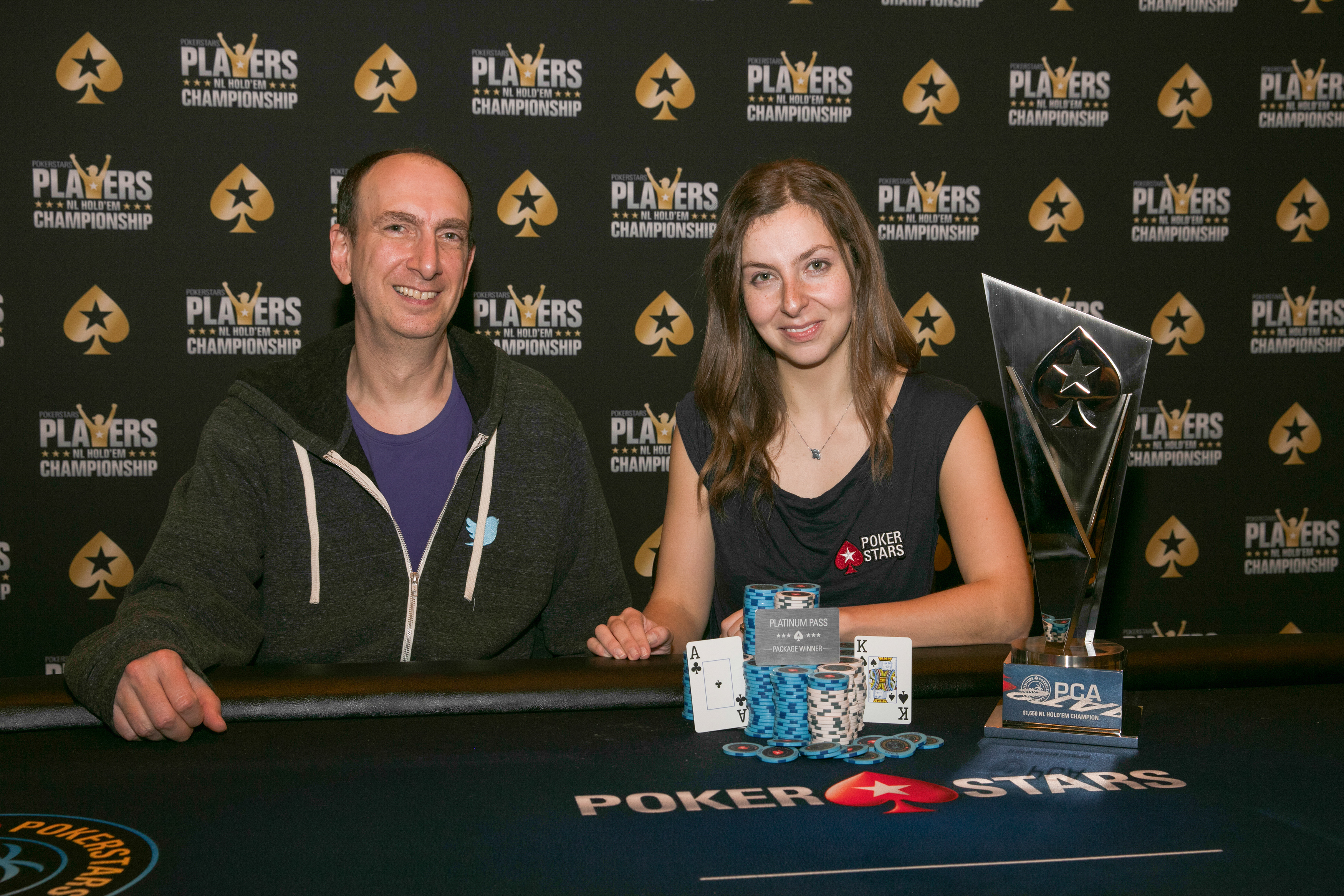Maria Konnikova’s “The Biggest Bluff” is one of those books that screamed at me to be read. In the blogosphere, Twitter and LinkedIn… big capital letters: READ ME. I obeyed. During the next book shopping spree, I did not hesitate to put it in my shopping basket. A book about probability in poker ánd in life: that seemed like my type of book.
“How I Learned to Pay Attention, Master Myself and Win”. It’s not exactly the subtitle of a book that would feel at home in my book closet. I loathe self-help books. I couldn’t get past the first chapter of Simon Sinek’s “Start with why”. I can’t put myself towards opening “7 habits of highly effective people” or “How to fail”. Clever authors, interesting stories. Yet, most of these books suffer from one or more cognitive biases: anchoring, survivorship bias or confirmation bias to name just a few. However, Konnikova has a Ph.D. in psychology: this can’t go wrong.
The premise of this book is simple: to succeed in less than a year at the World Series of Poker (WSOP), the most famous poker tournament with a $10k buy-in. The catch: Konnikova has never played a hand of poker in her life. No problem! She surrounds herself with some of the brightest minds in the poker game and industry.
- Eric Seidel: one of the best professional poker players ever. Most famous for his 1988 WSOP winning hand against Johnny Chan — made famous for its role in the Matt Damon/Edward Norton movie “Rounders“. He’s never taken on a trainee but agrees to become her mentor throughout the book.
- Dan Harrington: wrote the classic poker textbook “Harrington on Hold’em”.
- Phil Galfond: founder of Run it Once, a poker training and online poker website.
- Blake Eastman: psychologist-turned-poker-player-turned-behavioral-analyst who guides Konnikova in discovering her tells.

Spoiler: Konnikova bombs during the 2017 WSOP. Yet, she decides not to give up and continues her pursuit to master the game. And perseverance wins. After that 2017 WSOP, she cashes one tournament after the other and goes on to win her first tournament.
Angry I spoiled the book for you? You shouldn’t be. Although poker is the thread throughout the books, it’s more about probability and its role in life. There’s some good stuff to think about in this book. One of my favorite quotes from the book comes early on:
Konnikova succeeds in creating suspense from describing the hands and personalities that sit at the poker table. And if you’ve ever played some poker, you definitely have an edge at comprehending the complexity of the situations. If you get lost, don’t feel bad, because you can always fall back on the many lessons learned that apply to life as a whole:
But I have to be honest. Halfway through the book, it dawned upon me: can’t I make some compelling analogies with football? Golf? Ballet? Why should poker be the analogy of life? Furthermore, are game analogies useful whatsoever if it’s so simple to formulate them?
I was very pleased to read that the author tackles that question. The book refers to some of the biggest personalities in probability. And it’s Nassim Nicholas Taleb who is the real hero.
Conclusion: it’s an entertaining book, it’s motivating and there are some take-aways that you can look back on when you encounter certain situations in life. If you really want to consider lif as a game of poker: remember that there’s a lot of chance involved. A thought that should help you in staying humble.
Get the book here.